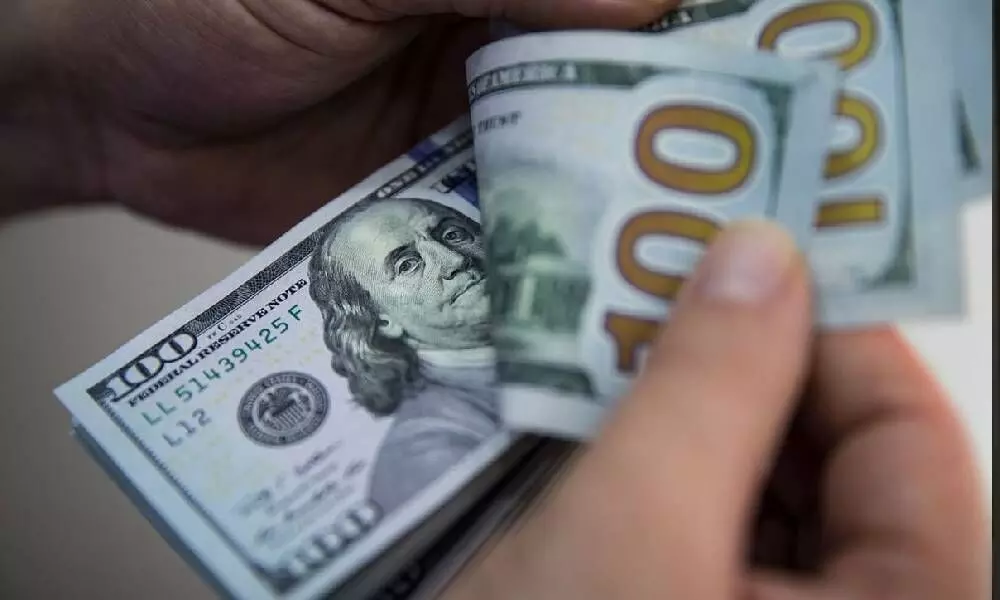Is a CEO worth 1,000 times the median worker?
Companies were right to fear pay-ratio disclosure. It’s embarrassing
image for illustrative purpose

Chipotle recently became the latest company to voluntarily raise worker pay, announcing that many of its 76,000 hourly employees would get a bump to $15 an hour. This occurred shortly after the company disclosed that CEO Brian Niccol had made nearly 3,000 times the median employee salary in 2020, up from 1,136 times in 2019 and among the top ten highest pay ratios among companies in the Russell 3000 stock index, according to research firm Equilar.
Coincidence? Or is the pay bump for the rank and file a sign that the most highly compensated senior executives are starting to feel a tinge of shame?
For the past four years, the Securities and Exchange Commission has required publicly traded companies to disclose something called the CEO pay ratio - the amount the CEO receives in relation to the annual salary of the median employee. At many companies, especially large companies with thousands of low paid workers (think retailers, restaurants and tourism), it's not uncommon to see a number like Niccol's, with the CEO making more than a thousand times the salary of the median employee. According to, there are 57 such companies in the Russell 3000. Auto-parts company Aptiv PLC topped the list: CEO Kevin P Clark's total 2020 compensation of $31 million was more than 5,000 times that of its median employee, who made less than $6,000, according to Aptiv's proxy.
The mere disclosure of the pay ratio is something of an achievement in itself, given how red-hot an issue compensation remains. The SEC took five years to write and nearly eight years to implement the rule, which was part of the Dodd-Frank legislation that then-President Barack Obama signed into law in July 2010. It has yet to complete rules on four other compensation-related topics, which were clearly not a priority under former SEC Chairman Jay Clayton. When the pay-ratio rule was first proposed in 2013, it attracted nearly 200,000 comments. It should come as no surprise that the overwhelming majority of companies were opposed, citing complicated business operations and unreasonable costs, while shareholder advocates and investors were eager to see the ratio disclosed.
What now gets disclosed is often subject to manipulation, presumably to make the numbers look better. Large multinational companies often exclude lower-paid overseas workers, as well as part-time or seasonal employees. Pharmaceutical giant Merck included a detailed chart in its proxy describing where the nearly 4,000 employees it excluded from its calculations are based. Nearly a third were in India, where wages tend to be much lower than in the US Aptiv noted that its ratio "may involve a degree of imprecision."
Some companies argue that certain CEO compensation should not be included in the ratio. At Chipotle, for example, Niccol received a big boost from a Covid-related adjustment to incentive compensation, without which his 2020 pay would have been an estimated 1,129 times that of the median employee. A spokeswoman said the one-time modification was "not reflective of his ongoing pay package," and that the decision to increase regular workers' pay to $15 an hour was unrelated.
Requiring disclosure of pay ratios doesn't appear to have had a big impact on executive compensation so far, but it does shine a spotlight on just how out of whack CEO compensation is, including at companies that are household names. Starbucks CEO Kevin Johnson, who announced in January that he expected all of his retail workers to make $15 an hour within the next three years, made 1,211 times more than the median company employee in 2020. At McDonald's, which recently announced that it would boost employee wages at its company-owned stores to $15 by 2024, CEO Chris Kempczinski's ratio was 1,189. Other companies - including Walmart, where CEO Doug McMillon's 2020 pay ratio was 1,078 - continue to fight the $15 minimum wage.
Perhaps the campaign for a $15 minimum wage would have happened without the pay-ratio rule. After all, the organization Fight for 15 dates back to 2012. But I'd like to think that the additional disclosure, flawed as it may be, has made it harder for top executives to justify low wages for so many of their employees. The companies that spent years fighting the SEC got one thing right: The disparity in compensation is downright embarrassing. (Bloomberg)

